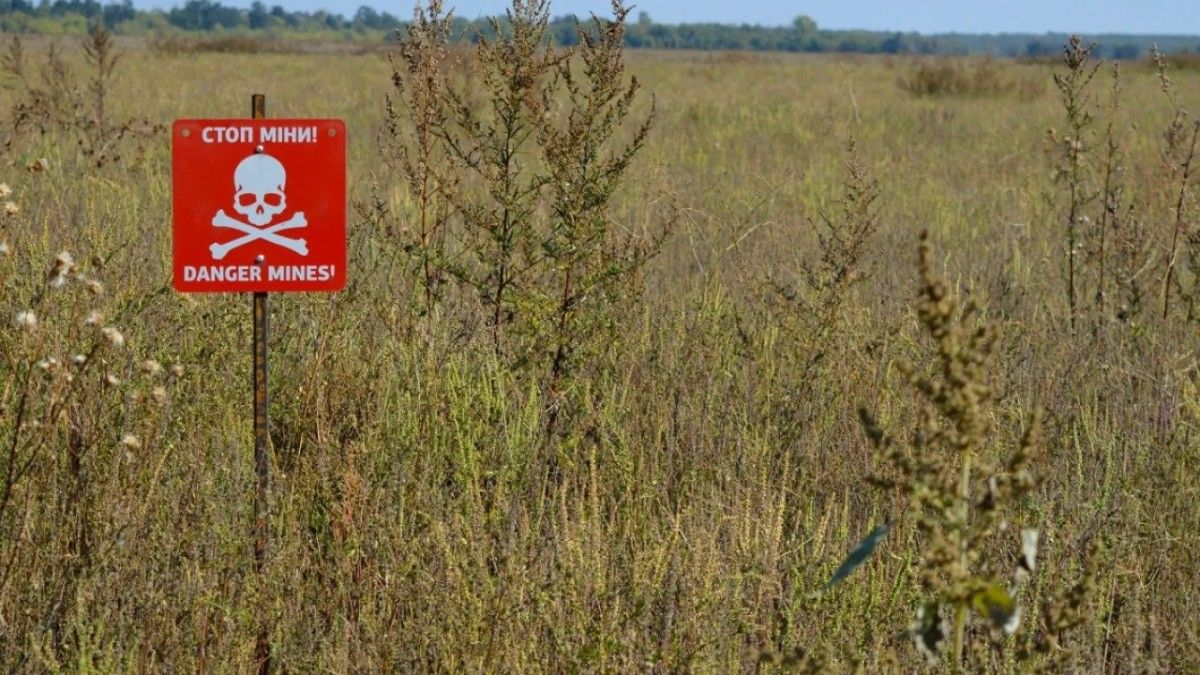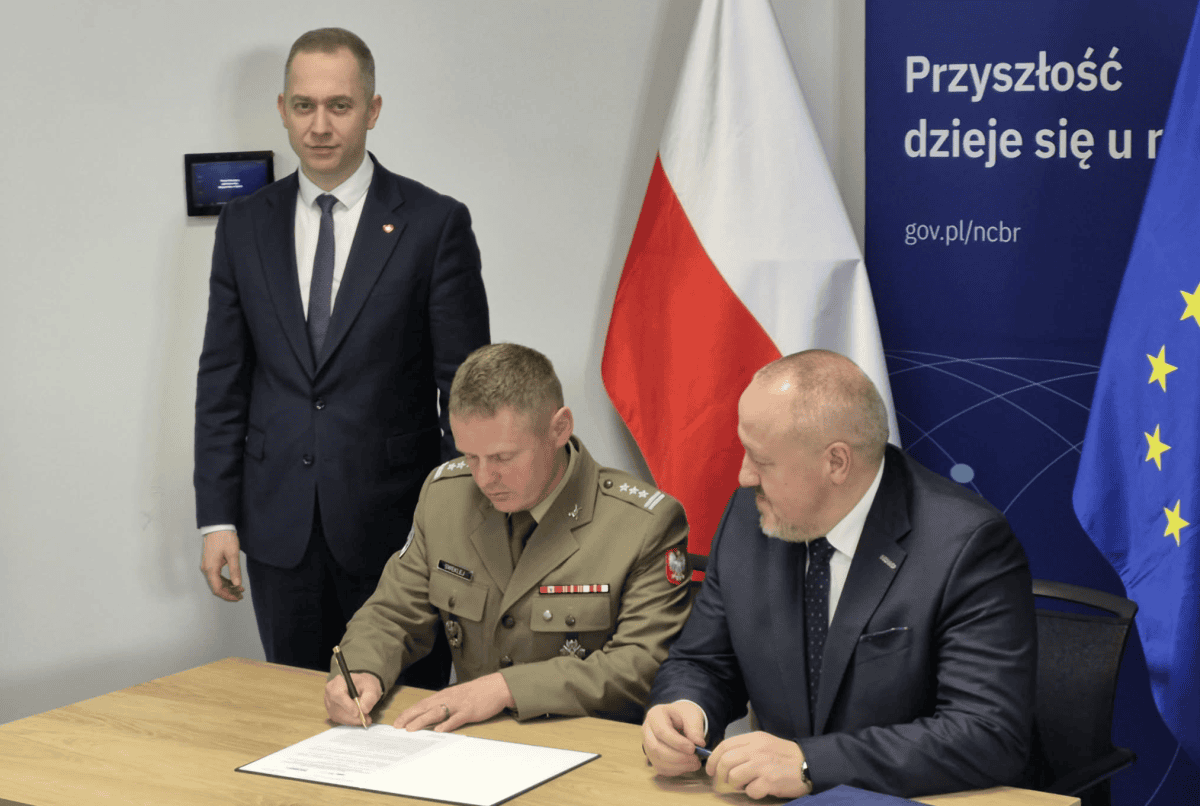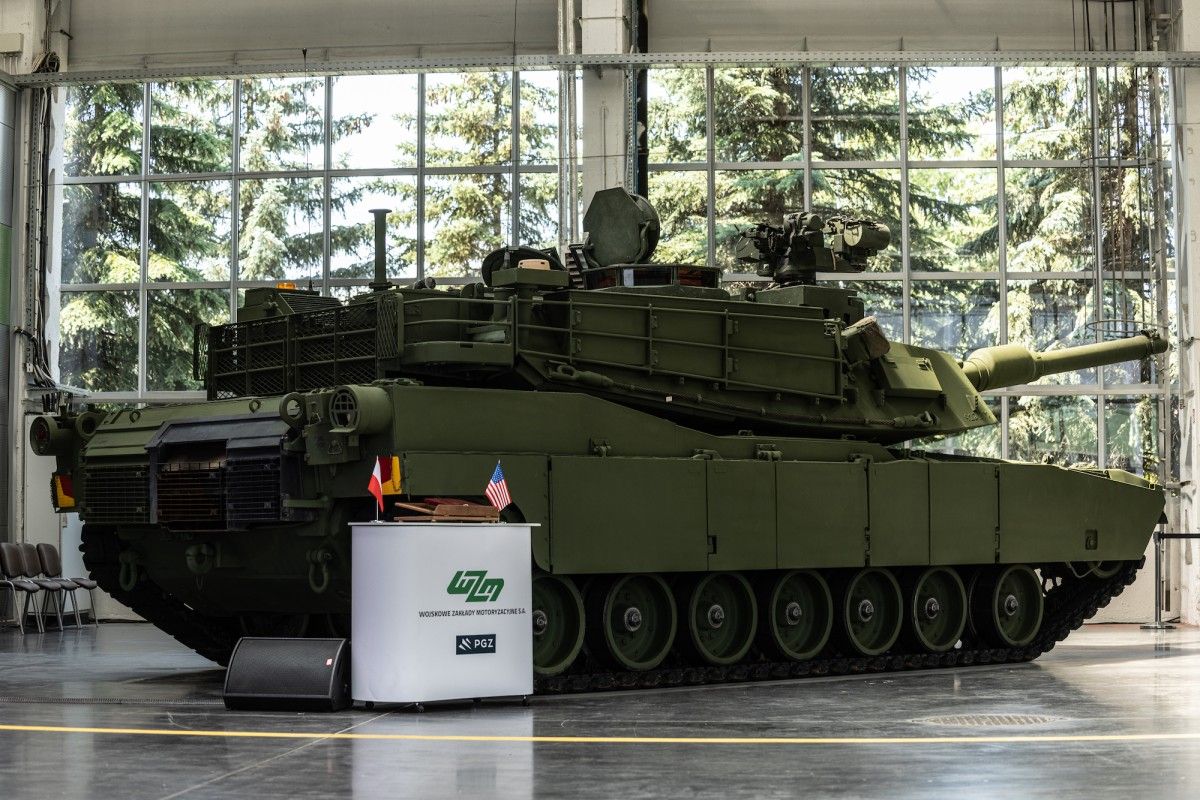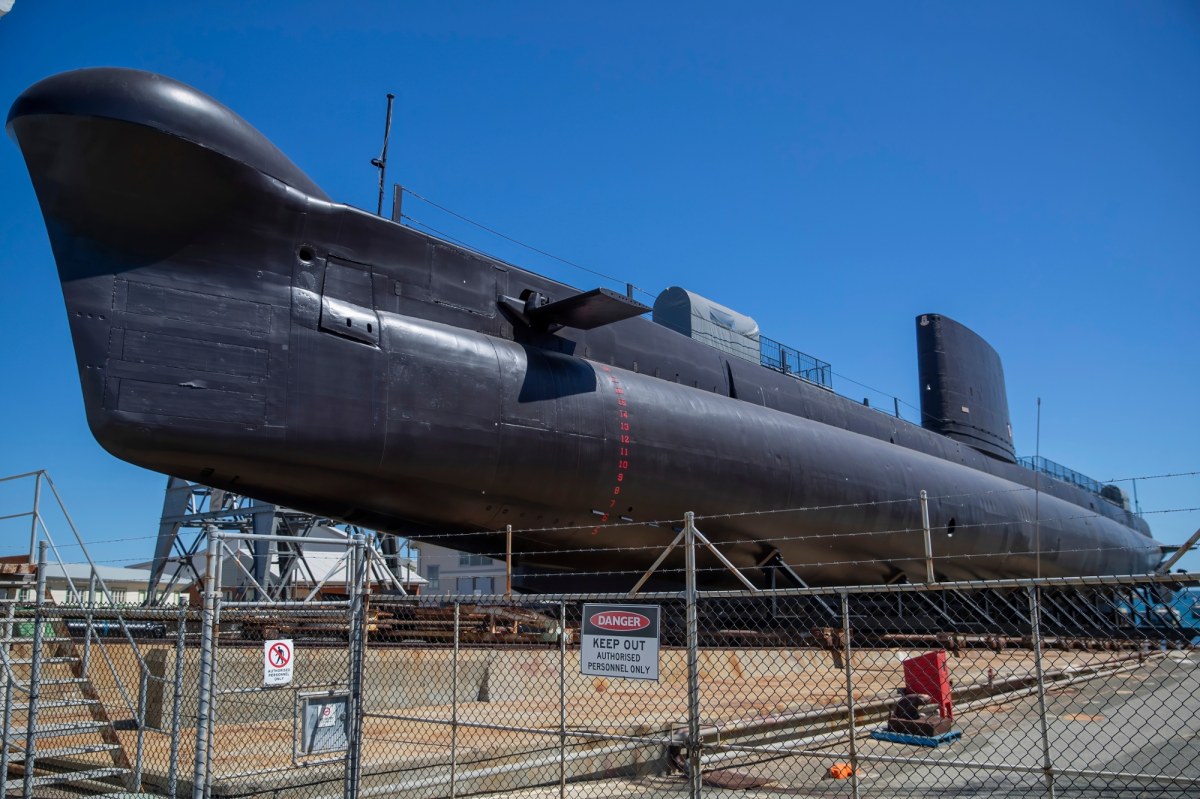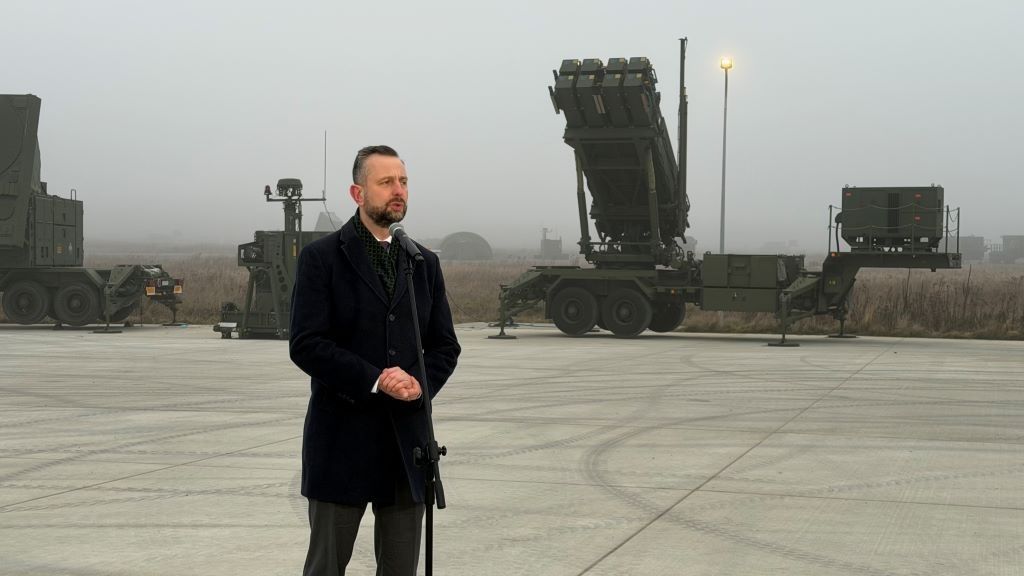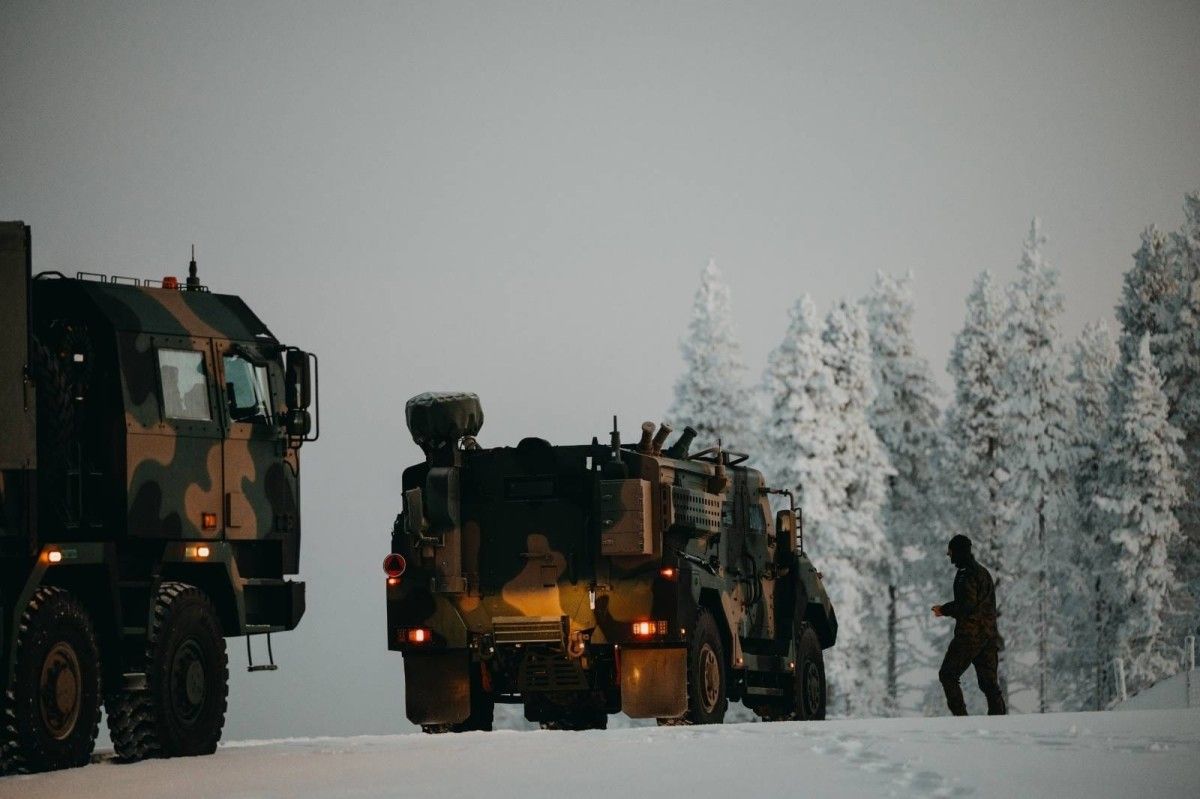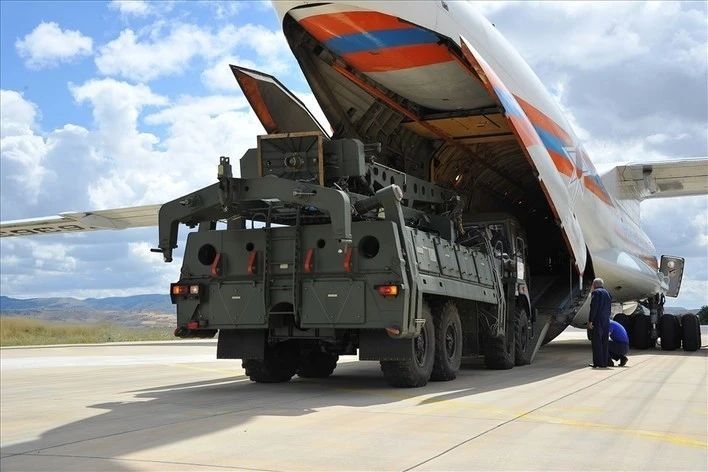In Portugal, they searched for training mines utilizing an unmanned submarine called Gavia. In Italy, they commanded multinational units that led a mine fight on the ‘virtual’ Baltic. Marines from the 8th Coast defence Fleet just returned from 2 exercises conducted under the aegis of NATO.
8 FOW during REP(MUS'25 exercise), photograph by Navy
This venture is like a large ground for drones – air drones operating underwater and on its surface, land drones. Systems that the military has been utilizing for years, but besides those that have been tested. In exercises ‘REP(MUS ’25)’, co-organised by NATO, the Portuguese Navy and the University of Porto, are attended by soldiers, scientists and representatives of arms companies. And all to work together on developing and utilizing unmanned technologies as efficiently as possible.
Gavia and her underwater mission
This year more than 2,000 specialists from the 20 countries of the Alliance and its co-operating countries drove to the Atlantic. Poles were traditionally among them. Seamen took part in the exercises 8 Coast Defence Flotillas from Świnoujściewho took with them the autonomous submarine Gavia. 1 of respective utilized by even crews of Kormoran II kind mine destroyers.
Polish sailors were included in the Naval Mine Warfare group, which focused on the mine fight. “We have carried out missions all day in search of exercise mines. They were deployed by the training hosts, but besides representatives of respective another marinades. Mining was conducted, among others, from the deck of ships – reported by Lt. Gavia operated on water at a depth of 80 m, and each mission lasted about 2 hours. – After we caught the vehicle we analysed the material he collected. This work active classification of mine-like objects. In another words, we assessed which of them was most likely a mine and which was not. Then we prepared a study for the group's command," explains the officer. The process was completed by sending out to the area of the vehicle capable of final verification of the find. On the following day, Poles were given another reservoir to check, while in the area illustrated by them, the next squad began to operate. In this way, the effectiveness of different systems and the ability to interact could be compared.
A full of 38 teams from 14 countries were active in the Naval Mine Warfare group. They had almost a 100 different types of vehicles available. These included 35 drones and 71 unmanned submarines. – ‘REP(MUS)’ proved to be a very interesting experience. We could exchange observations with users of various autonomous systems, but above all we had the chance to carry out real activities at sea with them. And it is in conditions that disagree in many respects from those that we are dealing with in the Baltic," says Lt. Mar. Sokołowski.
Course for Italy
Meanwhile, in September, 8 FOW sailors trained not only in Portugal. 7 officers from the 12th and 13th Trolley Squadron went to Italy to participate in "Dynamic decision ’25". They're hiding under that code name. National command-and-shash exercisescomputer assisted. For Poles, they were part of preparations for the mission in SNMCMG1, i.e. 1 of the 2 Alliance's antimine teams. “Dynamic Move” was expected to give us an answer to the question of whether we are ready to direct the larger forces active in the mine fight,” admits Lieutenant Commander Kacper Sterne of 8 FOW.
8 FOW in Dynamic Move'25 exercise, photograph by Navy
During the exercise, Polish officers formed command, which was subject to 2 task forces. Both were members of the British. In the second place there were specialists from Bulgaria and Turkey. These forces were to execute a simulated mine operation in a fictional area whose location However, it coincided with the Baltic. – We had 38 different types of ships available. They were mainly mine destroyers, but besides trawlers adapted to destruct contact and non-contact mines. We could besides usage submarines, according to Lieutenant Sterne. And while they all functioned at the level of the computer program, their capabilities faithfully modeled the possible of real individuals. During the exercises, task teams cleared shipping routes from mines, but besides monitored critical infrastructure. About "Dynamic Move"It's kind of new. Never before have specified elements been practiced with specified strength – admits kmdr ppor. Sterne adds: – mostly the test came out affirmative for us.

